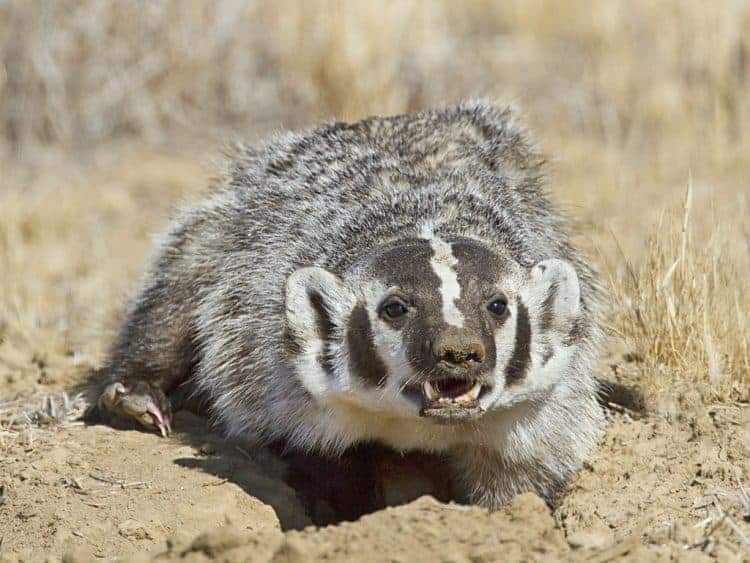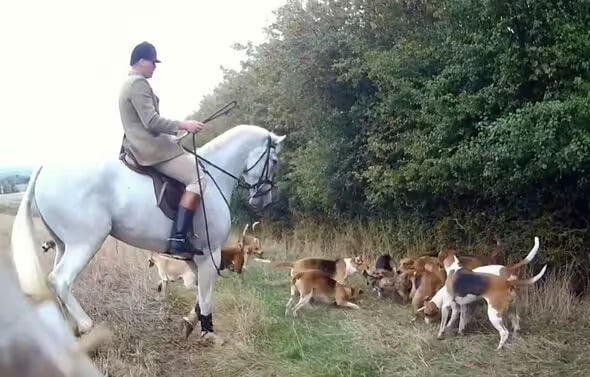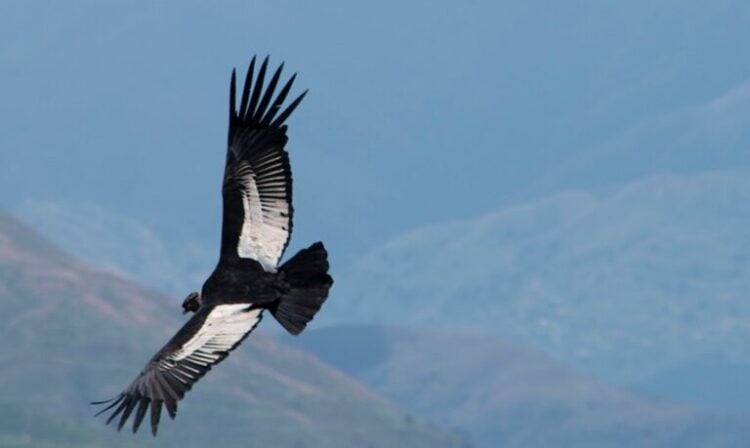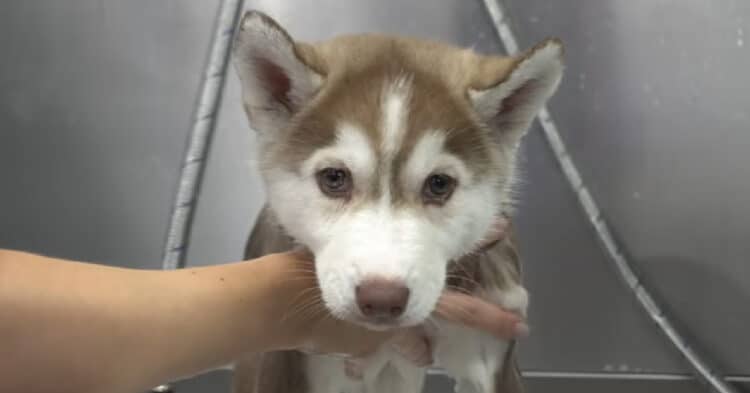In January 2016, Evan Buechley found one of his carcasses in Utah’s Great Basin had disappeared.
The conservation biologist, who leaves animal corpses out in the desert and sets up cameras to record scavengers, figured a pack of coyotes had dragged the 50-pound calf away.
But after a short search yielded no sign of the carcass, Buechley downloaded the camera’s images to see if he could find some clues. What he saw, no one had ever seen before.

Over the course of five days, the photos reveal, a single American badger excavated tunnels beneath the calf carcass until the whole thing collapsed into a pit. The badger then covered the carcass completely and constructed a burrow beside it, inside which it feasted on beef for 11 straight days.
Later investigation into the scientific literature revealed no one had ever recorded a badger entomb anything larger than a jackrabbit.
“I was really shocked by the fact that these badgers could completely monopolize and dominate that food source,” says Buechley, who published a study on the new behavior March 31 in the Western North American Naturalist with three colleagues from the University of Utah, including National Geographic Explorer Çağan Şekercioğlu.
“This is an interesting niche, and it may be badgers are playing a more important role in the nutrient cycle than anybody knew.”
Built To Bury
Found throughout the United States, southern Canada, and northern Mexico, American badgers are known for creating underground food lockers called caches. Such stores keep food safe from competing scavengers and prevent decomposition, thanks to the earth’s natural coolness.
Similarly, the corgi-size creatures, which are related to weasels and wolverines, have a number of adaptations that allow them to dig like nobody’s business.
For starters, badgers have powerful, heavily muscled forelimbs and long rakes for claws, which allow them to rip through hard, compact dirt. Their heads are cone-shaped, perfect for a life spent scooting around in tunnels. The burrowers also sport a third eyelid, called a nictitating membrane, which helps keep dirt from getting in their eyes.
But for all their burying prowess, no one has ever seen a badger tuck away such a large carcass, not to mention one more than two times its weight.
Holy Cow
As you might imagine, Buechley isn’t the only one excited by the discovery.
“Well this just made my day!” ecologist Jessie Quinn, who has studied badgers and now works for Sycamore Environmental Consultants, says by email.
Quinn says she’s never seen or read anything like this, but notes “badgers are somewhat elusive and often overlooked here in America, so it would not be outside possibility that we have missed many of their behaviors.”
Rosie Woodroffe, a badger expert at the Zoological Society of London, was similarly impressed. “I have spent years studying interactions between European badgers and cattle, and never heard of anything remotely similar to this in Europe.”
This behavior isn’t a quirk of that one cow-burying badger, either: Another badger also mostly buried a separate calf carcass, Buechley and colleagues found.
If widespread, the badger’s aptitude for gravedigging could be beneficial to ranchers: Burying dead animals would reduce the chances of diseases spreading to valuable livestock. It could also represent a new, potentially important method by which decomposition occurs in desert habitats without much water.
Parting Shot
And what about that final image of the badger sitting atop its work, looking for all the world like the definition of self-satisfaction?
“I would guess the videographer may have caught him scent-marking,” says Quinn, “which American badgers do by rubbing their rear end on the ground to release secretions from their anal glands.”
This article was first published by National Geographic on 31 Mar 2017.






Leave a Reply